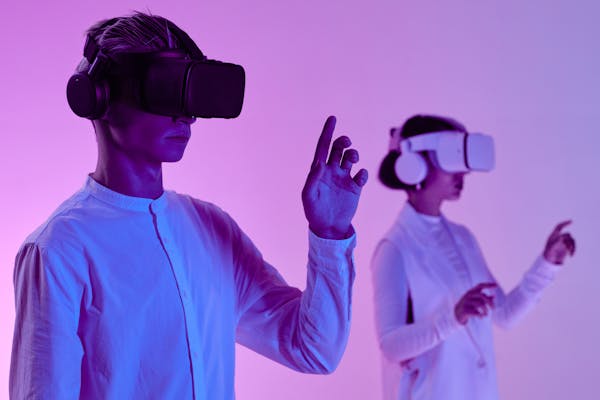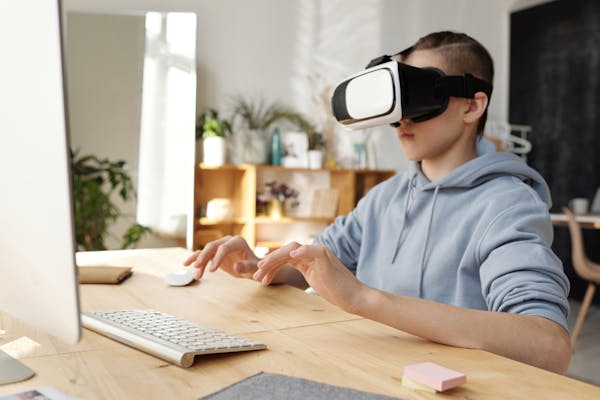Understanding Augmented Reality

Origins and Evolution
Although augmented reality might appear to be a modern innovation, its origins actually stretch back several decades. Ivan Sutherland’s groundbreaking experiments with the “Sword of Damocles” in the 1960s provide one of the earliest instances of AR, showcasing an early head-mounted display system that set the stage for immersive virtual encounters. However, it wasn’t until the late 20th and early 21st centuries that the practical Applications of Augmented Reality started gaining momentum in commercial spheres.
Applications of Augmented Reality Across Industries

The versatility of augmented reality has led to its adoption across a wide range of industries, each leveraging its capabilities in unique ways.
Education and Training
Healthcare
In healthcare, Applications of Augmented Reality are being used to improve patient care, medical training, and surgical procedures. Surgeons can overlay patient data, such as MRI scans or X-rays, onto their field of view during operations, allowing for more precise and efficient procedures. Additionally, AR can assist medical students and professionals in learning anatomy, practicing surgical techniques, and diagnosing conditions through immersive simulations.
Retail and Commerce
Retailers are really tapping into the magic of Augmented Reality in their quest to make shopping an unforgettable adventure and to skyrocket sales. With Applications of Augmented Reality, customers get to bring products right into their own space before deciding to buy. Picture this: trying on clothes without actually having to change, seeing how that new couch fits into your living room layout, or even taking a virtual spin in a dream car. It’s all about creating interactive, tailor-made experiences that keep customers hooked and make them feel like they’re part of something special. And you know what? That not only means more sales but also fewer returns and a stronger bond between customers and brands.
Architecture and Design
Entertainment and Gaming
Challenges and Future Outlook
While augmented reality holds immense promise, it is not without its challenges. Technical limitations, such as hardware constraints and environmental factors, can impact the user experience and adoption of AR applications. Additionally, concerns around privacy, data security, and ethical considerations must be addressed to ensure responsible development and deployment of AR technologies.
Looking ahead, the future of augmented reality is bright. Advances in hardware, such as augmented reality glasses and wearable devices, promise to make AR more immersive and accessible than ever before. Furthermore, innovations in computer vision, artificial intelligence, and spatial computing are poised to unlock new possibilities and applications for augmented reality across industries.






